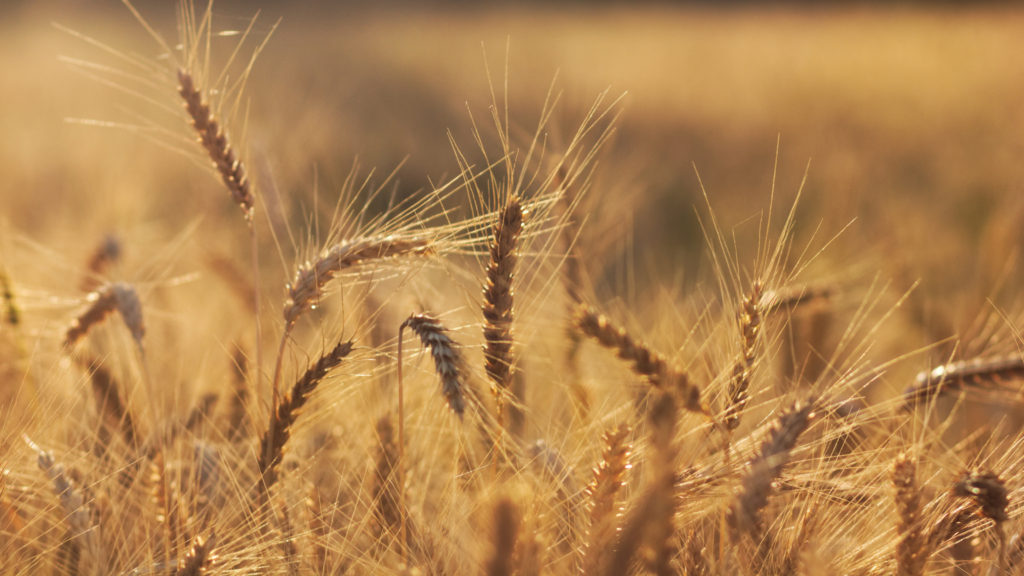
A technique pioneered by NASA for the purpose of growing plants extra-terrestrially is now being applied here on earth to fast-track improvements in a range of crops. The technique, known as speed breeding, has been adapted for use by British and Australian researchers on a scale ranging from vast greenhouses to desktop growth chambers.
Speed breeding uses enhanced LED lighting and day-long regimes of up to 22 hours to optimize photosynthesis and promote rapid growth of crops. By speeding up the breeding cycle of plants,it is possible, for example, to grow six generations of wheat in a year compared with two generations using traditional breeding methods.
With shortened breeding cycles, genetic improvements such as yield gain, disease resistance and climate resistance can be fast-tracked in crops such as wheat, barley, chickpeas, various Brassica species, oil seed rape and peas.
The ability to do this in compact desktop chambers permits cutting-edge research to be performed inexpensively before being scaled up to large greenhouses.
Crop development is an increasingly important activity and speed breeding is increasingly attractive in light of the opposition in some quarters to modern gene-editing techniques to create GMO crops. Speed breeding allows crop improvements via anon-GMO route.
The new technique is already being applied in Australia, which is experiencing one of the worst droughts on record. It is being used to rapidly cycle genetic improvements to make crops more drought resilient.
Generation time in most plant species is a major bottleneck in applied research programs and breeding. Speed breeding can greatly reduce this bottleneck, allowing scientists to respond more quickly to emerging diseases, the changing climate and increased demand for specific plant traits.
**********
Web Links
JIC joins European scientists to safeguard precision breeding
Photo, posted May 8, 2016, courtesy of Yair Aronshtam via Flickr.
Earth Wise is a production of WAMC Northeast Public Radio.
Leave a Reply